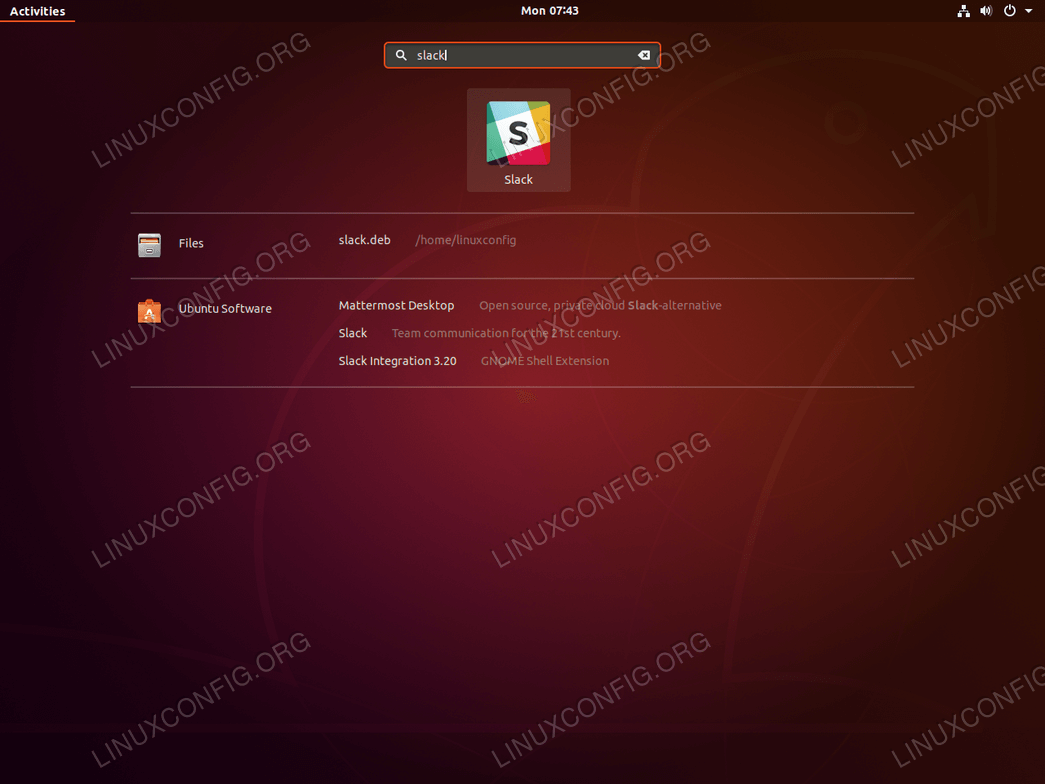

But if I have to type flatpak run, it isn't. It's just faster to type the command followed by the file I want to open. Whether I want an image in Glimpse or a text file in Emacs or a music file in VLC, I'm very frequently too busy in the terminal to "drop" out to the desktop (even though it's just one key away!), launch the application, click through the menus to open a file, and then click through my filesystem to find the file I want to open. This holds true often enough, but sometimes it's more convenient to launch an application from a terminal because you're already using the terminal. You don't have to remember because you can always launch it from GNOME Activities or your K-Menu or a similar graphical launcher. For example, org.glimpse_editor.Glimpse is easy to remember only if you remember its website is, rather than, and an underscore replaces the dash.įrom the viewpoint of Flatpak developers, this isn't a problem because Flatpaks are intended to be launched from the desktop. Some names are easier to remember than others, too. Aside from the structure, there's no standard for naming a Flatpak, so one Flatpak could use camel-case, such as, while another might use a mix, such as. The Flatpak naming scheme also assumes you use a Flatpak often enough to remember the package's reverse DNS name.
#COMMAND LINE UBUNTU SLACK INSTALL FREE#


This is done, apparently, for fear of clobbering the name of an existing system-level application-if I already have Emacs installed, then what's the differentiation between /usr/bin/emacs and the Flatpak installation of Emacs? For this reason, a Flatpak like Emacs gets installed to something like (get ready for it) this path: /var/lib/flatpak/app//current/active/export/bin/
#COMMAND LINE UBUNTU SLACK INSTALL INSTALL#
For instance, when I install Emacs as a Flatpak, it's registered on my system as. There's one thing that makes Flatpak a little awkward in some cases, though, and that's its naming scheme. All of my desktop applications on Silverblue and several of my favorites I use on Slackware are running as Flatpaks. It's an exciting technology, and on my Fedora Silverblue system, it's the default package installation method. The Flatpak application distribution model is helping developers target Linux in a new and easy way, and it's helping Linux users install more applications without worrying about what version of Linux they're running.


 0 kommentar(er)
0 kommentar(er)
